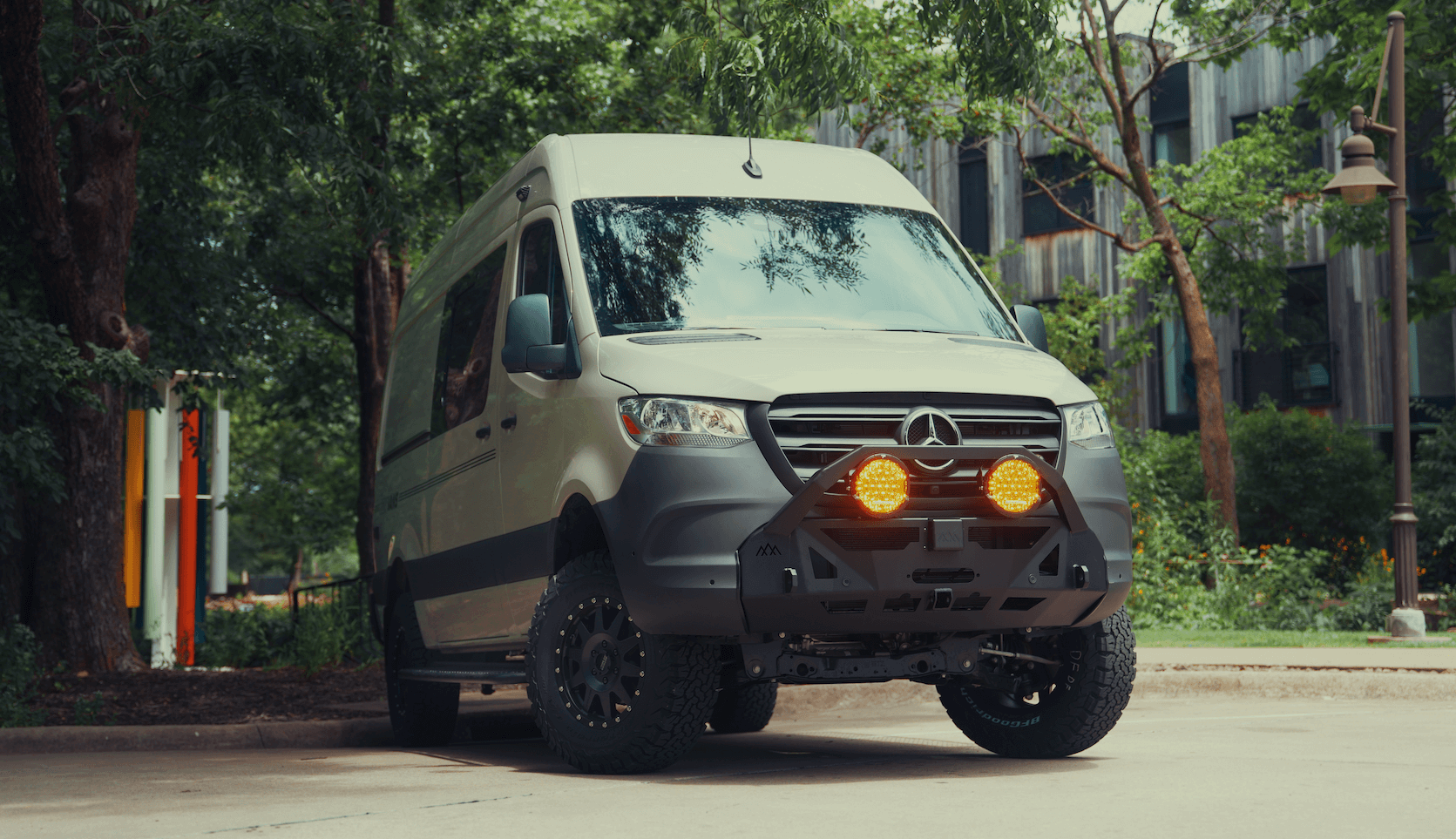Recreational Vans

A solar powered ceiling fan is a ceiling mounted fan that runs on electricity generated by solar panels and stored in a battery. Unlike grid tied setups, off grid fans depend on daylight harvest and stored energy, so efficiency matters. Many models use brushless DC motors, which convert electricity to airflow with minimal waste and low heat. Paired with a simple controller and speed settings, these fans can deliver steady ventilation without straining your power system.
DC fans are usually the better fit off grid because they avoid inverter losses. A typical DC ceiling fan might draw 10 to 35 watts on low to medium, while a similar AC fan could require an inverter and add 10 to 15 percent conversion loss. If you already have an inverter for other loads, an efficient AC fan can still make sense, but total system draw should be considered.
Airflow is measured in cubic feet per minute. More airflow does not always mean better comfort in tight spaces; blade design, sweep, and speed control matter. In a small room or van, 500 to 1500 CFM can feel great without creating a draft. Look for smooth bearings and balanced blades to minimize noise and vibration.
To size a solar powered ceiling fan, match energy use with solar harvest and storage. Here is a simple approach.
Use an MPPT charge controller when panel voltage is higher than battery voltage or when temperatures vary. MPPT controllers often deliver 10 to 20 percent more energy than PWM in mixed conditions. Size conductors for current and run length to keep voltage drop under three percent. Protect every positive lead with an appropriately sized fuse close to the power source.
Lithium iron phosphate batteries provide stable voltage, deep usable capacity, and long cycle life. For modest loads like a fan and lights, a 50 to 100 amp hour lithium battery at 12 volts can feel luxurious. If using lead acid batteries, plan for only about half the rated capacity to be usable to protect the battery from deep discharge.
Panel performance falls quickly with partial shade. Keep the array high and clear of roof accessories. In mobile settings, low profile mounts reduce wind noise and snag risk. Clean the panel face periodically; dust, pollen, and road film can cut production noticeably.
Choosing where to mount the fan is as important as choosing the fan itself. Aim to move warm air up and out while pulling in cooler make up air from a shaded opening. In a van or compact room, ceiling height is limited, so use a short downrod or a low profile mount to keep clearances safe.
Wider blades at moderate speeds often feel smoother than narrow blades at high RPM. Use fine speed control when possible. Many DC controllers allow granular adjustment, which is perfect for evenings when only a whisper of airflow is needed.
Cross breeze beats brute force. Crack a shaded window or add a floor level vent to feed fresh air. The fan then recirculates gently instead of fighting a sealed box. This strategy can lower interior temperature swings and reduce energy use.
Solar powered ceiling fans shine where power is scarce or heat builds quickly. In a van or bus conversion, roof real estate is precious and heat radiates from windows and sheet metal. A compact DC fan with a smart controller can keep air moving, helping your air conditioning work less and sleep come easier. In a cabin, the fan can team with a wood stove in winter to destratify warm air and with open windows in summer to sweep heat out in the evening. Light manufacturing spaces and sheds also benefit, especially when noise limits rule out loud floor fans.
Turn off the battery or breaker before wiring. Use crimped and heat sealed connectors rated for DC service. Confirm the fan bracket is mounted to structure that can handle dynamic loads. In mobile environments, consider thread locker where appropriate and recheck fasteners after rough roads.
Fans are modest loads, but they run for hours. Budget energy for lighting, refrigeration, and device charging. A simple monitor that shows current draw and state of charge builds intuition and prevents surprises on cloudy streaks.
Dust, pet hair, and coastal air can affect performance over time. Wipe blades and grills, check set screws, and inspect wiring annually. If storing a system, top off lithium batteries to around fifty percent and disconnect. For lead acid, store fully charged and maintain a float.
When you want the comfort of a solar powered ceiling fan without trial and error, a thoughtful electrical design is the difference. Our team integrates ventilation, solar arrays, batteries, and controls so the whole system runs quiet, clean, and dependable. If you are exploring a mobile build, see our recreational vans to get a feel for our approach to power and comfort. For a one of one layout and electrical plan that fits your life, a custom build van makes it simple to get airflow right the first time. Prefer a platform that can finance and still support serious off grid features? Our mainstream vans show where practicality and capability meet.
recreational vans | custom build van | mainstream vans
Share your space size, climate, and typical runtime. We will design and install a solar and fan system that keeps you comfortable and protects your battery bank. Let OZK Customs turn your airflow and energy plan into a finished rig that just works.
Ready to breathe easier off grid? Tell us about your space and comfort goals. OZK Customs will design and install a complete solar and ventilation package that runs quietly, sips power, and keeps your rig cool. Start your build consultation now.
ADDRESS:
6159 E Huntsville Rd, Fayetteville, AR 72701
PHONE:
(479) 326-9200
EMAIL:
info@ozkvans.com